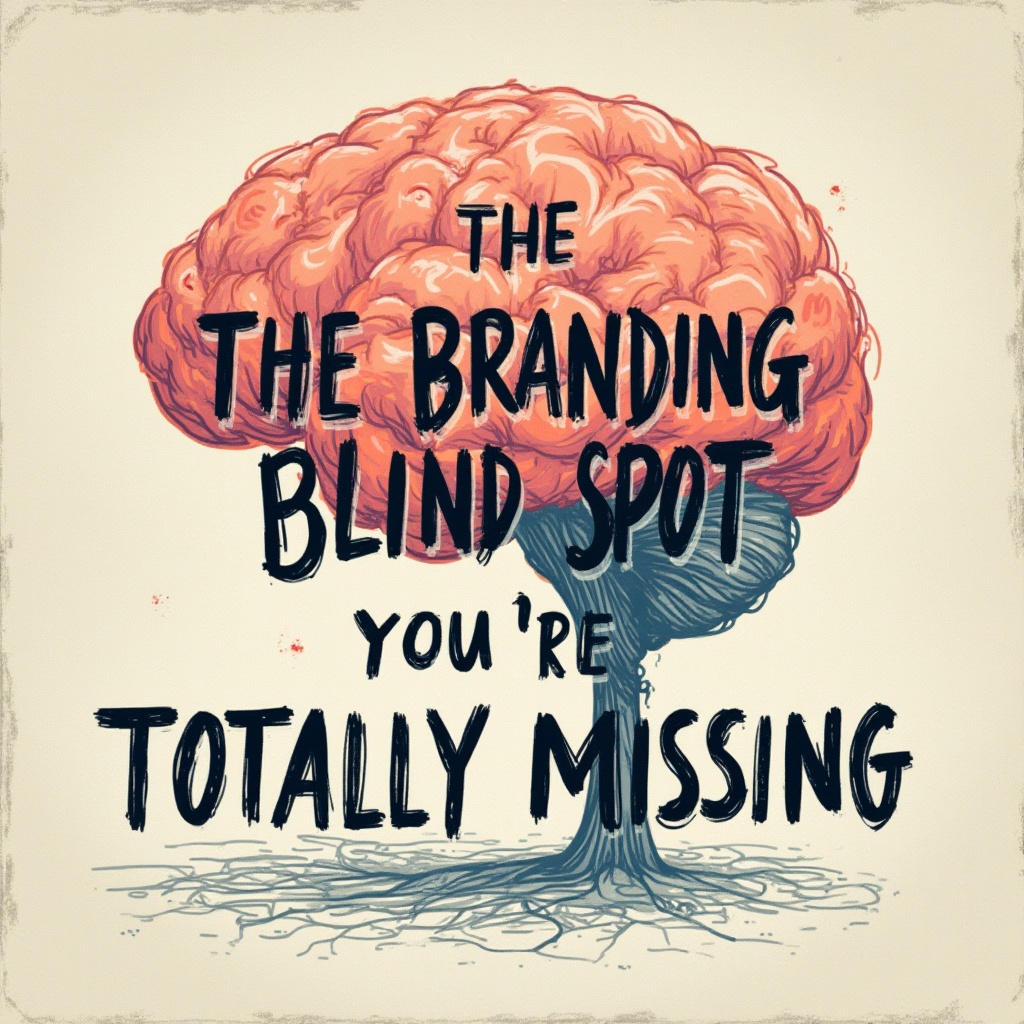Color Psychology in Marketing and Branding: Why it Matters for Your Brand
Color Psychology in Marketing? What’s probably color psychology has to do with something in Marketing? If that’s what you are thinking about, then consider this blog a walkthrough for you to find some interesting facts about the relationship between color psychology and marketing. In fact, studies show that up to 90% of customers’ initial judgement about a product is based on color alone, all within just 90 seconds. The psychology of color plays a significant role in creating a perfect branding and effective marketing strategy.
Why is Color Important in Marketing
Color does more than making your brand stay ahead of the norms. It triggers many areas like emotion of the consumer, brand recognition, and also influences buying decisions. Even if it’s the calm trust of blue or the energetic impulse of red, colors set the tone for how customers feel about your brand.
Think about it! Why do these fast food brands use red and yellow colors more often? Why do eco-friendly brands lean towards green color? These choices are rarely random. Because they are rooted in color psychology.
What Colors Attract Customers to Buy

Different colors drive different customer behaviors. Here's a quick guide to what each color means in marketing:
🔴 Red: Power, urgency, excitement – great for impulse buys and CTA buttons
🟡 Yellow: Optimism, attention-grabbing – perfect for youthful, vibrant brands
🟠 Orange: Confidence, energy – ideal for calls to action and creative industries
🟣 Purple: Creativity, Prosperity, Luxury, ambition – used in beauty, finance, and premium products
🟢 Green: Growth, health, safety – trusted for wellness and environmental brands
🔵 Blue: Trust, Honesty, Reliability, Professionalism – popular in tech, finance, and healthcare
⚪ Grey: Maturity, calm – often used for balance in minimalist designs
In a recent A/B test, HubSpot found that a red CTA button outperformed green by 21%. And that’s exactly one of the clear examples of color psychology in action across marketing and branding.
How to Implement Color Psychology in Your Marketing Strategy
1. Understand Your Audience: Different colors ring with different demographics.
2. Stay Consistent: Use a unified color palette across all branding and marketing materials.
3. Align with the Message: Ensure it matches your color choice with the brand values and emotional tone.
4. Test and Optimize: Small color changes can have a big effect on conversion rates.

Final Thoughts
In essence, color psychology is a potent yet often underestimated tool in the marketing arsenal. As mentioned earlier, the initial 90 seconds of interaction with a product or brand are heavily influenced by color, shaping first impressions and impacting purchasing decisions. Far from being a mere aesthetic choice, color strategically communicates brand personality, evokes specific emotions, and can even drive conversions, as seen in the HubSpot A/B test with the red call-to-action button.
Understanding the nuances of color and its associated meanings – from the urgency of red to the trustworthiness of blue and the optimism of yellow – empowers marketers to create more tangible branding and marketing campaigns. By thoughtfully aligning color choices with target audiences, brand values, and desired emotional responses, businesses can foster stronger connections with consumers, enhance brand recognition, and, most importantly influence buying behavior. Therefore, a conscious and informed application of color psychology is not just a subtle design element, but a fundamental aspect of a successful marketing strategy.
Related Articles.

How to Use Nostalgia in Holiday Advertising Without Being Cliche
Read More

The Branding Blind Spot You’re Totally Missing (And It’s Killing Your Brand)
Read More

Why Is AI-Optimized SEO the Future of Digital Marketing and How You Can Benefit
Read More

Color Psychology in Marketing and Branding: Why it Matters for Your Brand
Read More

The Power of Shape in Logo Design: Why It Matters for Your Brand
Read More

The Impact of Studio Ghibli on Graphic Design: An Artistic Revolution
Read More

You Won’t Believe These Websites Exist!
Read More

Why Does Your Business Need a Website?
Read More

DeepSeek AI: A New Era of Artificial Intelligence
Read More

Why is a Creative Agency Essential For Your Brand?
Read More


